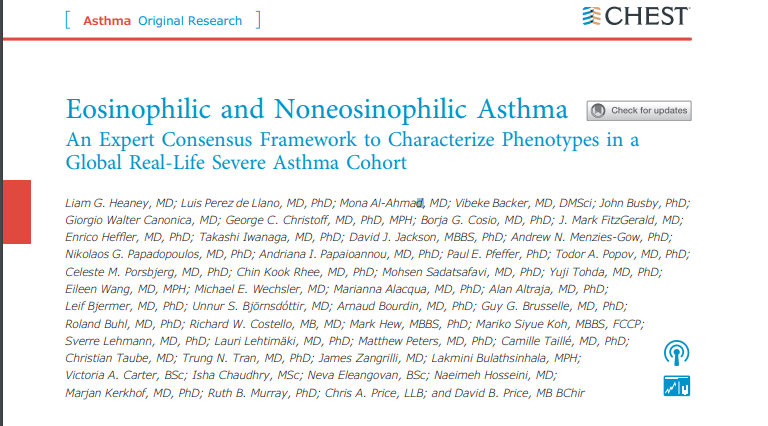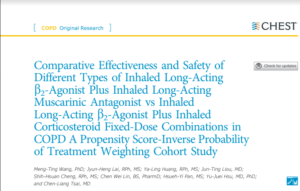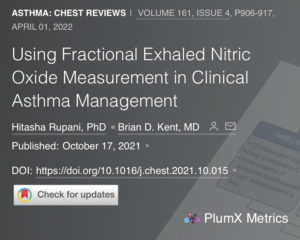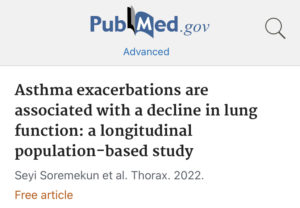
In our November journal club, we reviewed the paper recently published in CHEST journal titled Eosinophilic and Noneosinophilic Asthma: An Expert Consensus Framework to Characterize Phenotypes in A Global Real -LIfe Severe asthma cohort.
This publication adds to our understanding of different phenotypes of asthma, such as eosinophilic vs non-eosinophilic types. The authors developed a gradient eosinophilic algorithm using a range of highest blood eosinophil count, long-term oral corticosteroid use, level of fractional exhaled nitric oxide, history of nasal polyps, and adult-onset asthma.
This practical algorithm included the variables readily accessible in primary and specialist care. In addition, it helped to address inherent issues of phenotype heterogeneity and phenotype instability. This algorithm aims to improve the therapeutic precision in severe asthma treatment.
The study also identified that the severe asthma eosinophilic phenotype was more prevalent than previously identified and was phenotypically distinct.
The study is another step to implementing precision medicine and individualized treatment in asthma patients.
For the full article, follow the link: https://doi.org/10.1016/j.chest.2021.04.013 Published: April 19, 2021




